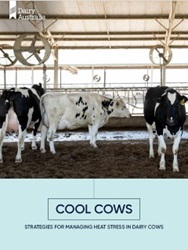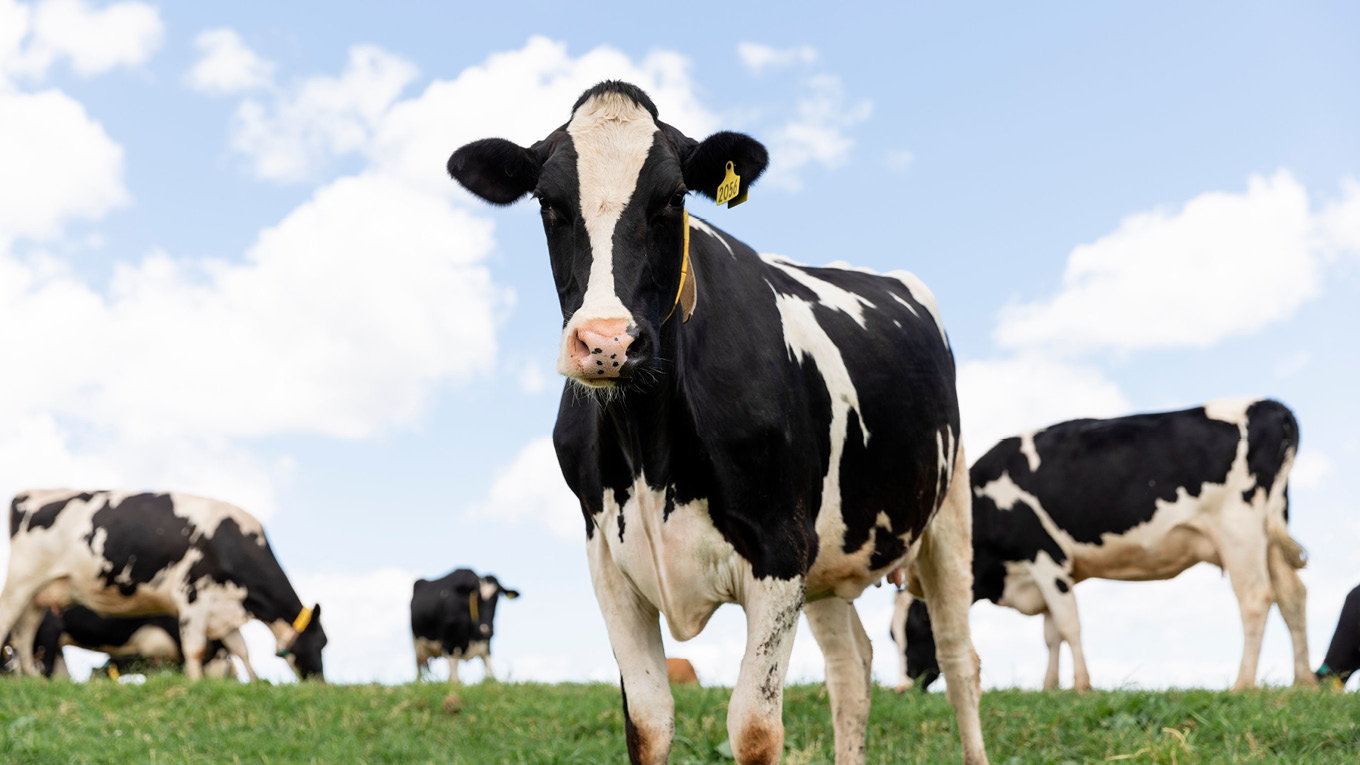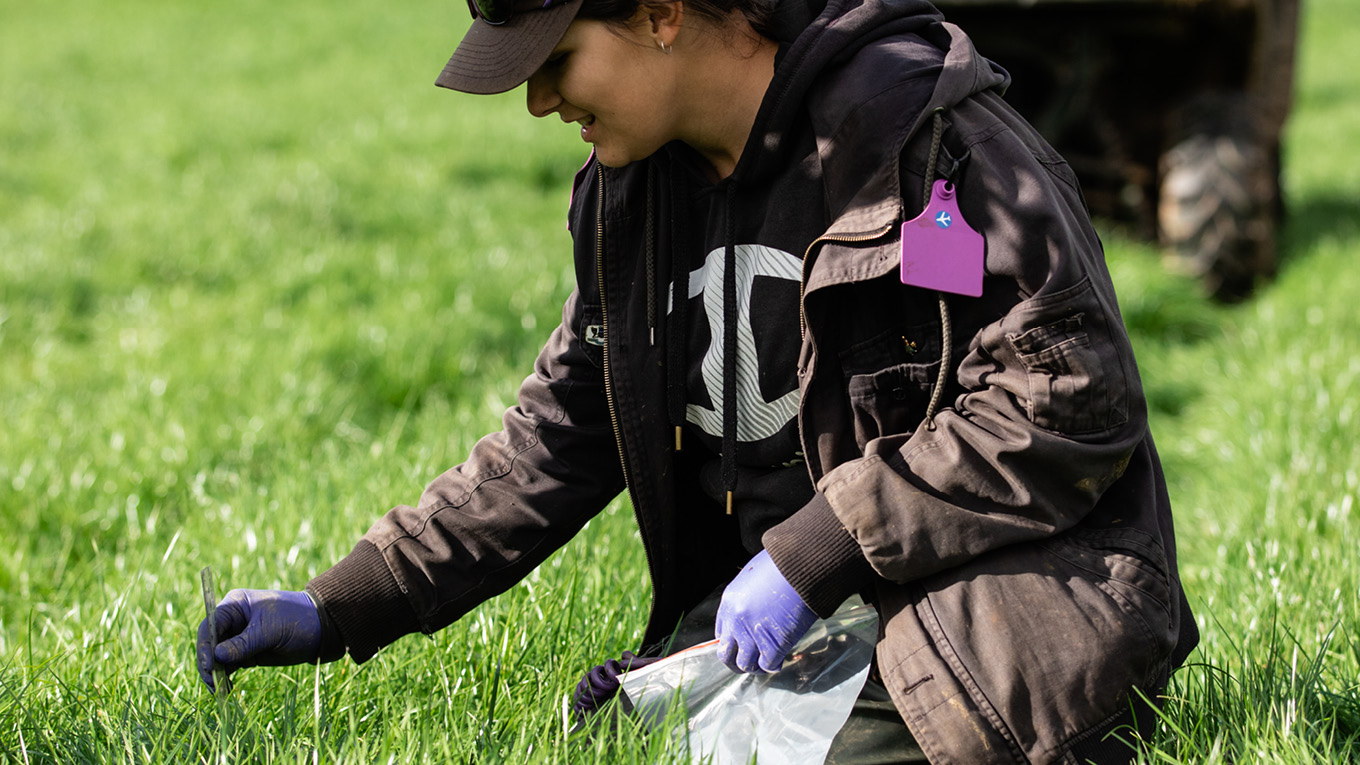Trees for Shade
Maintaining or establishing shade and shelter belts can be a useful infrastructure adaptation for the long-term management of heat stress in Australian dairy herds.
Tree shade belts for managing heat
Shade from trees can form part of a long-term strategy for managing climate variability in dairy farming regions. The shade and shelter provided by trees in paddocks and laneways can reduce the radiant heat load by 50% or more.
Tree belts provide shade and protection from winds, and allows cows different options for cooling and better control over their heat loads. This also makes farms a more comfortable workplace or home for people as well.
Tree shelter belts that act as windbreaks will protect buildings from exposure to the elements, such as direct sun, high winds and hail. This reduces damage risk from storms to nearby farm infrastructure or buildings, such as hay or silage sheds.
Strengths
- Trees are the cheapest method of providing shade.
- Trees absorb carbon dioxide and don't require electricity to establish or maintain.
- Trees enhance local biodiversity.
- Assist with erosion management and salinity control.
- Opportunity for supplementary income from timber sales.
- Trees provide protection from grass fires.
Limitations
- It takes many years to establish plantings.
- It can be difficult to provide adequate shade every day during paddock rotation.
- Trees along laneways can be a risk in severe wind conditions.
- Supplementary irrigation may be needed to establish or speed up tree growth.
- Falling branches can compromise fencing.
- Regular clean-ups are necessary depending on the type of trees used.
Keys to success
- Consider orienting north-south along the long axis of paddocks to help maximise shade/shelter if you're looking into redesigning paddock layout and rotation.
- Aim for 4m2 of shade/cow at midday.
- Seek tree and shrub recommendation species from an adviser, e.g. Greening Australia, Regional NRM bodies like local CMA, DPI or Landcare.
- Strategically plant species based on natural traits, e.g. West Australian swampy yate can minimise grass growth beneath its canopy through the secretion of a toxin.
- Deciduous trees will allow solar radiation to penetrate through canopies and allow laneways to dry out quicker in the winter.
- Fence outside the perimeter of the tree root systems to protect trees from excessive compaction and manure that may kill some species.
- Locate feed and drinking water 20-30 metres away from trees so that cows don't defecate excessively in the shaded areas.
- Consult an arborist for the best practice approaches toward tree management.
It's said that the best time to plant trees was 20 years ago. The next best time is now! These photos show what can be achieved in a short time.
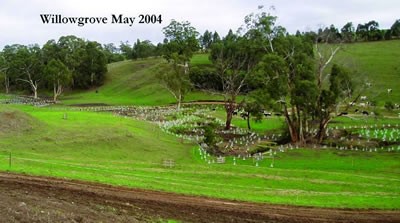
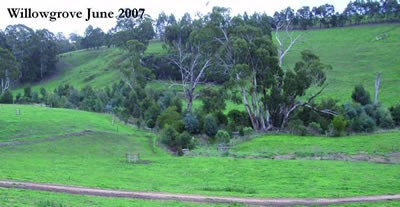
Tree planting resources
Landcare provides a free search-based tool for finding Landcare Networks in your area. These groups have some familiarity with local species, alongside being a network of volunteers willing to assist.
Find a group on the Landcare National Directory
|
Organisation |
Phone number |
Website |
|
Landcare |
1800 151 105 |
|
|
Greening Australia |
1300 886 589 |
|
|
AusGov's National Landcare Program |
1800 552 008 |
|
|
NRM Regional Australia |
||
|
Department of Agriculture Victoria (VIC) V.R.O (by region) |
||
|
NSW Catchment Management Authority |
1300 361 964 |
|
|
VIC Catchment Management Authority |
||
|
TAS Department of Primary Industries, Parks, Water and Environment |
1300 368 550 |
|
|
Natural Resources South Australia |
(+61 8) 8204 1910 |
If you are deaf, or have a hearing impairment or speech impairment, contact the above resources through the National Relay Service on 133 677 or visit relayservice.gov.au
